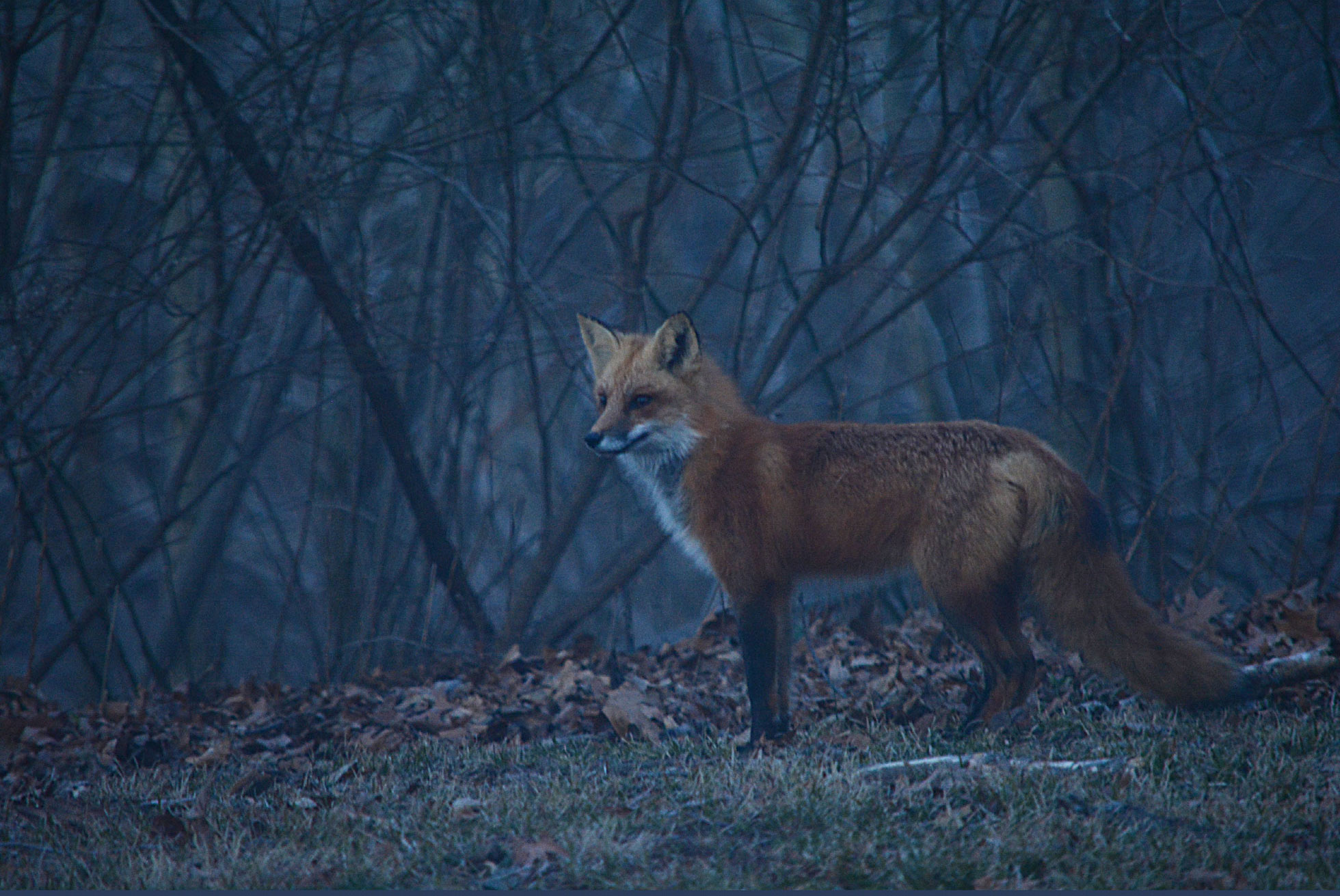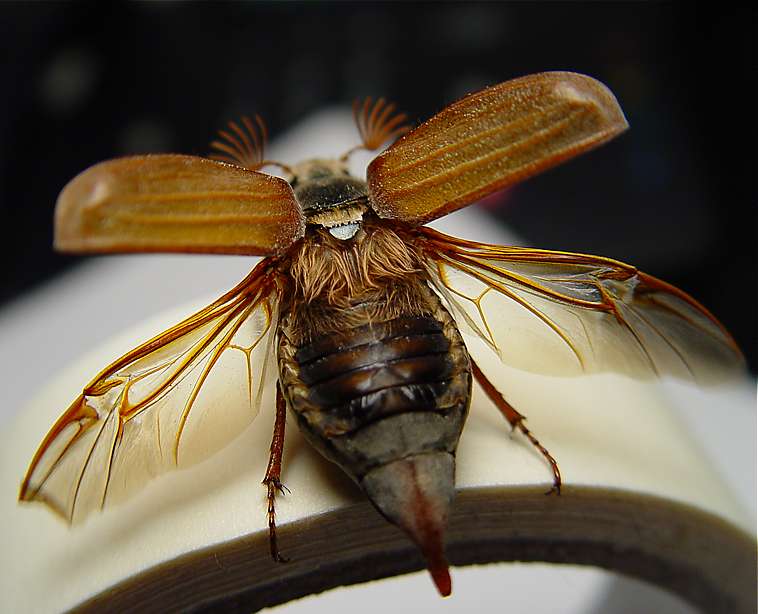|
Phoracantha Semipunctata
''Phoracantha semipunctata'', the Australian Eucalyptus longhorn, is a species of beetle in the family Cerambycidae. Native to Australia, it has now spread to many parts of the world, including practically all countries where tree species of ''Eucalyptus'' have been introduced. It has been classified as an invasive pest species of ''Eucalyptus'' outside Australia. Within Australia, ''Phoracantha semipunctata'' primarily seeks for decaying trees and branches which have been critically impaired due to natural disasters. In other regions of the world, it inflicts critical damage upon introduced ''Eucalyptus'' trees. However, the damage inflicted by ''Phoracantha semipunctata'' may be seen as a positive factor in some regions, as ''Eucalyptus'' trees that are introduced are seen as invasive plant species imposing harm on the natural environment. ''Phoracantha semipunctata'' are typically dark brown & beige in colour and are approximately similar in size measuring at around 2.3cm lo ... [...More Info...] [...Related Items...] OR: [Wikipedia] [Google] [Baidu] |
Johan Christian Fabricius
Johan Christian Fabricius (7 January 1745 – 3 March 1808) was a Danish zoology, zoologist, specialising in "Insecta", which at that time included all arthropods: insects, arachnids, crustaceans and others. He was a student of Carl Linnaeus, and is considered one of the most important entomologists of the 18th century, having named nearly 10,000 species of animals, and established the basis for the modern insect Biological classification, classification. Biography Johan Christian Fabricius was born on 7 January 1745 at Tønder in the Duchy of Schleswig, where his father was a doctor. He studied at the gymnasium (school), gymnasium at Altona, Hamburg, Altona and entered the University of Copenhagen in 1762. Later the same year he travelled together with his friend and relative Johan Zoëga to Uppsala University, Uppsala, where he studied under Carl Linnaeus for two years. On his return, he started work on his , which was finally published in 1775. Throughout this time, he remaine ... [...More Info...] [...Related Items...] OR: [Wikipedia] [Google] [Baidu] |
Scape (antenna)
Scape may refer to: Biology * The basal, "stalk" part of a projecting insect organ, such as first (basal) segment of an antenna or the oviscape of the ovipositor * A finger-like appendage of the epigyne of a female spider * Scape (botany), part of a flowering stem Cooking * Garlic scapes, the edible, immature flowering stems of the garlic plant Gaming * ''Planescape'', a campaign setting for the ''Dungeons & Dragons'' fantasy role-playing game * ''RuneScape'', a massively multiplayer online role-playing game Television * ''Farscape'', an Australian science fiction television series See also * Escape (other) * Landscape, the visible features of an area of land ** Cityscape, the urban equivalent of a landscape * Scapegoating, singling out one person for unmerited negative treatment or blame * Soundscape A soundscape is the acoustic environment as perceived by humans, in context. The term was originally coined by Michael Southworth, and popularised by R. Murr ... [...More Info...] [...Related Items...] OR: [Wikipedia] [Google] [Baidu] |
Hygroreception
Hygroreception is the ability to detect changes in the moisture and humidity content of an environment. It is a sense that is not present in humans. Some insect Insects (from Latin ') are pancrustacean hexapod invertebrates of the class Insecta. They are the largest group within the arthropod phylum. Insects have a chitinous exoskeleton, a three-part body (head, thorax and abdomen), three pairs ...s have this sense. The structure responsible for this sense is a hygroreceptor. In a study conducted upon nematodes, both thermal and mechanical neural pathways are required in order for a specimen to react to humidity. This supports the theory that hygroreception is a result of thermal and mechanical stimuli. References {{Biology-stub Perception ... [...More Info...] [...Related Items...] OR: [Wikipedia] [Google] [Baidu] |
Mechanoreceptor
A mechanoreceptor, also called mechanoceptor, is a sensory receptor that responds to mechanical pressure or distortion. Mechanoreceptors are innervated by sensory neurons that convert mechanical pressure into electrical signals that, in animals, are sent to the central nervous system. Vertebrate mechanoreceptors Cutaneous mechanoreceptors Cutaneous mechanoreceptors respond to mechanical stimuli that result from physical interaction, including pressure and vibration. They are located in the skin, like other cutaneous receptors. They are all innervated by Aβ fibers, except the mechanorecepting free nerve endings, which are innervated by Aδ fibers. Cutaneous mechanoreceptors can be categorized by what kind of sensation they perceive, by the rate of adaptation, and by morphology. Furthermore, each has a different receptive field. By sensation *The Slowly Adapting type 1 (SA1) mechanoreceptor, with the Merkel corpuscle end-organ (also known as Merkel discs) detect sustaine ... [...More Info...] [...Related Items...] OR: [Wikipedia] [Google] [Baidu] |
Olfaction
The sense of smell, or olfaction, is the special sense through which smells (or odors) are perceived. The sense of smell has many functions, including detecting desirable foods, hazards, and pheromones, and plays a role in taste. In humans, it occurs when an odor binds to a receptor within the nasal cavity, transmitting a signal through the olfactory system. Glomeruli aggregate signals from these receptors and transmit them to the olfactory bulb, where the sensory input will start to interact with parts of the brain responsible for smell identification, memory, and emotion. There are many different causes for alteration, lack, or disturbance to a normal sense of smell, and can include damage to the nose or smell receptors, or central problems affecting the brain. Some causes include upper respiratory infections, traumatic brain injury, and neurodegenerative disease. History of study Early scientific study of the sense of smell includes the extensive doctoral dis ... [...More Info...] [...Related Items...] OR: [Wikipedia] [Google] [Baidu] |
Sensillum
A sensillum (plural ''sensilla'') is an arthropod sensory organ protruding from the cuticle of exoskeleton, or sometimes lying within or beneath it. Sensilla appear as small hairs or pegs over an individual's body. Inside each sensillum there are two to four sensory neurons. These neurons, or receptors, gather information about environment the arthropod is in: * Chemoreceptors (i.e. trichoid, basionic, coeloconic, placodea) * Mechanoreceptors (e.g.: bristle sensilla, campaniform sensilla, hair plates, chordotonal neurons) * Thermoreceptors * Hygroreceptors Most sensilla are specially shaped according to the type of information they are gathering. In spiders, slit sensilla are used to detect substrate vibrations, while trichobothria Trichobothria (singular trichobothrium) are elongate setae ("hairs") present in arachnids, various orders of insects, and myriapods that function in the detection of airborne vibrations and currents, and electrical charge. In 1883, Friedrich Da ... [...More Info...] [...Related Items...] OR: [Wikipedia] [Google] [Baidu] |
Optomotor Response
In behavioral biology, the optomotor response is an innate, orienting behavior evoked by whole-field visual motion and is common to fish and insects during locomotion, such as swimming, walking and flying. The optomotor response has algorithmic properties such that the direction of the whole-field coherent motion dictates the direction of the behavioral output (e.g., leftward visual stimuli lead to turning left, and rightward visual stimuli lead to turning right). For instance, when zebrafish larvae are presented with a sinusoidal black and white grating pattern, the larvae will turn and swim in the direction of the perceived motion. Purpose The optomotor response is essential for animals to correct unplanned course perturbations while navigating through their environment, such as current shifts around a swimming fish or air gusts around flying insects. The response is rapid and instinctual, with pure delay times of just 20-40ms for fruit flies in flight. The optomot ... [...More Info...] [...Related Items...] OR: [Wikipedia] [Google] [Baidu] |
Oviparity
Oviparous animals are animals that lay their eggs, with little or no other embryonic development within the mother. This is the reproductive method of most fish, amphibians, most reptiles, and all pterosaurs, dinosaurs (including birds), and monotremes. In traditional usage, most insects (one being '' Culex pipiens'', or the common house mosquito), molluscs, and arachnids are also described as oviparous. Modes of reproduction The traditional modes of reproduction include oviparity, taken to be the ancestral condition, traditionally where either unfertilised oocytes or fertilised eggs are spawned, and viviparity traditionally including any mechanism where young are born live, or where the development of the young is supported by either parent in or on any part of their body. However, the biologist Thierry Lodé recently divided the traditional category of oviparous reproduction into two modes that he named ovuliparity and (true) oviparity respectively. He distinguished ... [...More Info...] [...Related Items...] OR: [Wikipedia] [Google] [Baidu] |
Crepuscular Animal
In zoology, a crepuscular animal is one that is active primarily during the twilight period, being matutinal, vespertine, or both. This is distinguished from diurnal and nocturnal behavior, where an animal is active during the hours of daylight and of darkness, respectively. Some crepuscular animals may also be active by moonlight or during an overcast day. Matutinal animals are active only before sunrise, and vespertine only after sunset. A number of factors impact the time of day an animal is active. Predators hunt when their prey is available, and prey try to avoid the times when their principal predators are at large. The temperature at midday may be too high or at night too low. Some creatures may adjust their activities depending on local competition. Etymology and usage The word ''crepuscular'' derives from the Latin '' crepusculum'' ("twilight"). Its sense accordingly differs from diurnal and nocturnal behavior, which respectively peak during hours of daylight a ... [...More Info...] [...Related Items...] OR: [Wikipedia] [Google] [Baidu] |
Elytron
An elytron (; ; , ) is a modified, hardened forewing of beetles (Coleoptera), though a few of the true bugs ( Hemiptera) such as the family Schizopteridae are extremely similar; in true bugs, the forewings are called hemelytra (sometimes alternatively spelled as "hemielytra"), and in most species only the basal half is thickened while the apex is membranous, but when they are entirely thickened the condition is referred to as "coleopteroid". An elytron is sometimes also referred to as a shard. Description The elytra primarily serve as protective wing-cases for the hindwings underneath, which are used for flying. To fly, a beetle typically opens the elytra and then extends the hindwings, flying while still holding the elytra open, though many beetles in the families Scarabaeidae and Buprestidae can fly with the elytra closed (e.g., most Cetoniinae; ). In a number of groups, the elytra are reduced to various degrees, (e.g., the beetle families Staphylinidae and Ripiphoridae), o ... [...More Info...] [...Related Items...] OR: [Wikipedia] [Google] [Baidu] |
Phoracantha Recurva
''Phoracantha recurva'', the lesser Eucalyptus longhorn, is a species of beetle in the family Cerambycidae The longhorn beetles (Cerambycidae), also known as long-horned or longicorns, are a large family of beetles, with over 35,000 species described. Most species are characterized by extremely long antennae, which are often as long as or longer than .... It is widespread in many countries and in the early 2000s it was also observed in Sardinia, perhaps brought by a ship. Description This medium-sized beetle features a complex pattern of cream and brown markings. It is similar to the related '' P. semipunctata'', but differs in the smaller size and more limited dark markings. Unlike that species the basal portion of the elytra appears dominantly pale, with only a few separated dark spots instead of a series of closer markings.Food and Agriculture OrganizatioForest Pest Species Profile - Phoracantha recurva & semipunctata Retrieved on 9 August 2016. References Phoracant ... [...More Info...] [...Related Items...] OR: [Wikipedia] [Google] [Baidu] |




